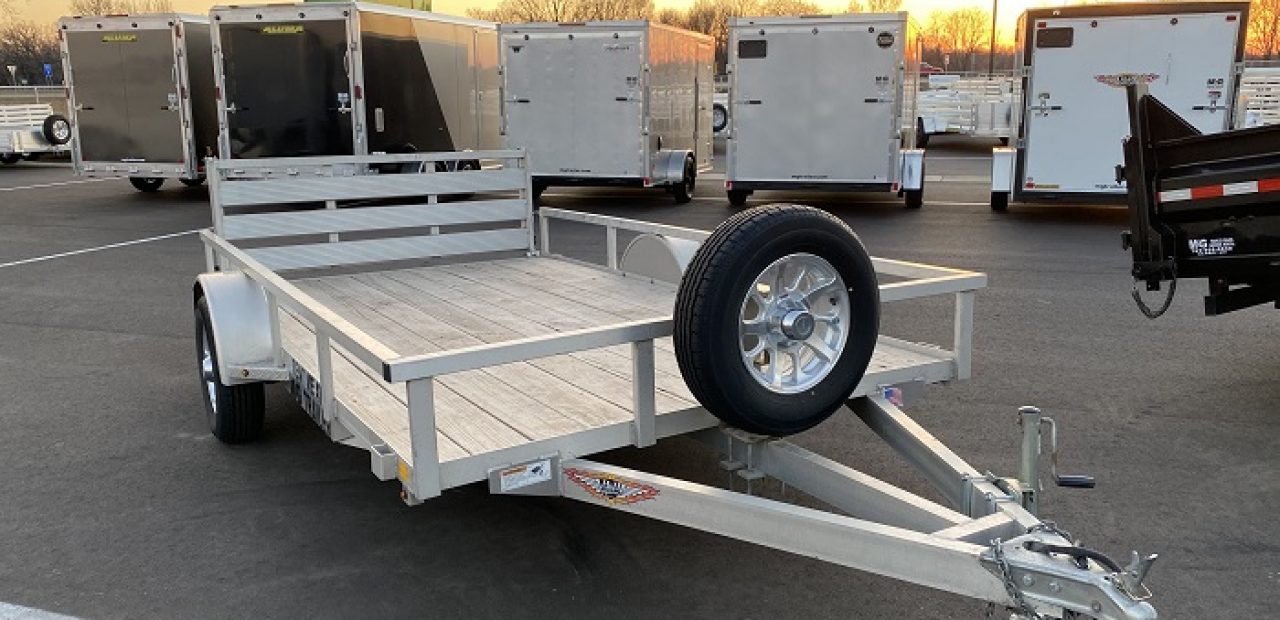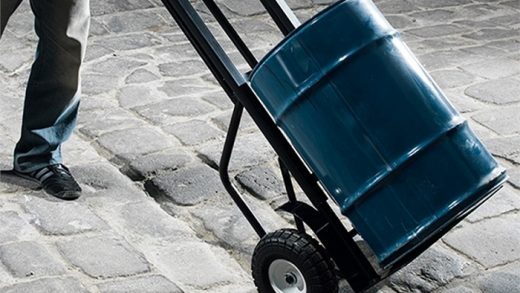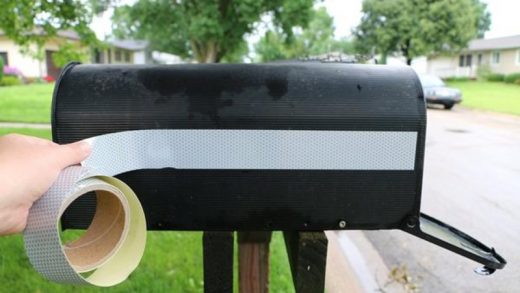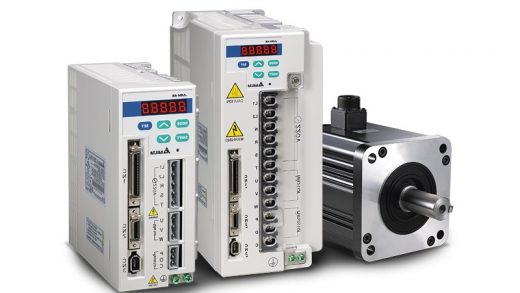Things You Should Know about Trailers Rental
Transportation is the one thing that we humans can’t go without in today’s world. Be it for goods, people, or industrial parts, trailers play a huge role in transporting things from point A to point B. Think about it, if it weren’t for trailers, we’d have to put stuff in our vehicles which don’t always have enough space for everything we want to transport. While roof racks can upgrade your vehicle’s storage space, they don’t do it as well as a trailer. But what if buying a trailer isn’t something you can’t afford? Well, if that’s the case, you can rent one.

Source: moving.com
With a vehicle trailer rental, you only pay for a subscription of sorts for the time you’re using the trailer. Rental trailers not only save you money, but also allow you to avoid long-term storage and parking costs. There are no maintenance costs either and you have the freedom of choice when it comes to choosing what type of trailer you need every time you need one. You’re not stuck with one trailer all the time. But how do you know which is the right trailer to rent?
Contents
What Size Car Trailer Do I Need?
In order to determine the size of the trailer that’s going to suit both your vehicle and towing needs, you need to consider the capabilities of your vehicle first. Every trailer you get needs to meet or be under your vehicle’s GVWR (Gross Vehicle Weight Rating). The right trailers rental for you requires that the weight of the trailer doesn’t exceed your vehicle’s GVWR.
The GVWR is the weight the vehicle is able to tow safely, which includes the weight of the trailer and the weight of the cargo you need to transport. So, make accurate calculations and make sure whatever trailer you get can handle the load you need to move without exceeding your vehicle’s GVWR. Obviously, the bigger the trailers rental, the more it weighs, but also the heavier the load it will be able to handle.
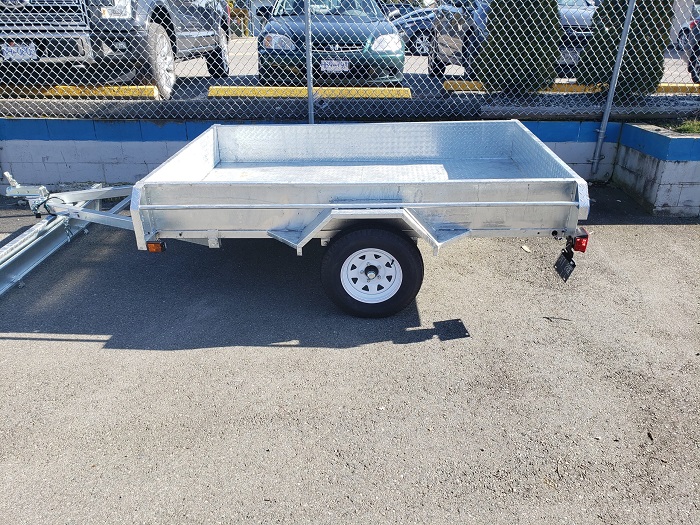
Source: pinterest.com
What Do You Need to Tow a Trailer
Ball Mount
Also known as a drawbar, this component is the piece that slides into the trailer hitch opening. The two make for a safe platform for mounting the ball. Ball mounts are available in different sizes, styles and weights to accommodate different load weights and types of trailers.
Hitch Ball
A trailer hitch ball is part of the trailer rental that sits on the ball mount and provides the necessary point of attachment for the trailer. Trailer hitch balls come in three different sizes. The smallest is around 4.3 cm, medium-sized ones are 5cm big and the biggest can be anywhere from 6.3 cm and up.
Hitch Receiver
With a hitch receiver or adapter, as it’s also known, you align the attachment points of the trailer with the holes on your vehicle’s frame. Hitch receivers come in different sizes just like hitch balls do. You’ll find small 2.7 by 2.7cm receivers and 5 by 5cm models too. If you need one for heavy-duty use you should go for a 5.3 by 5.5cm receiver.
Wiring Harness
A wiring harness for trailers is used to provide power to the lights of the trailer. Every vehicle with a trailer attached to it is required by law to make use of a wiring harness.
Pin & Clip
This is a device that is used to hold the ball mount inside the opening of the hitch receiver. Alongside pin & lip devices, you also have hitch locks which provide the benefit of theft prevention of the ball mount and other accessories too.
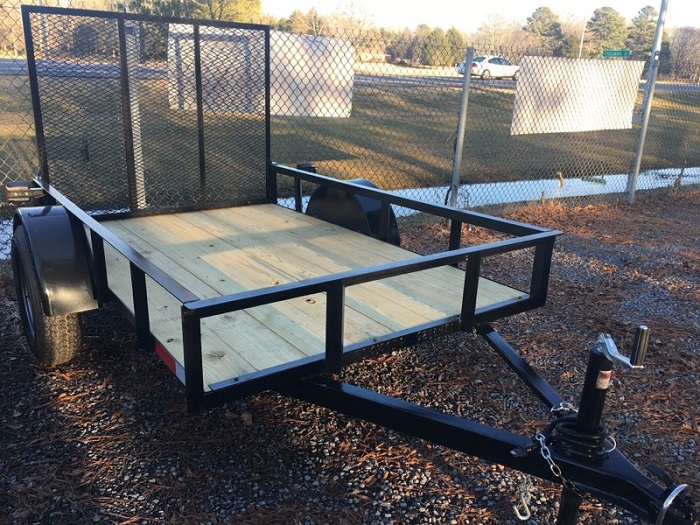
Source: facebook.com
How to Tow a Trailer Safely
Preparation
Towing doesn’t only involve securing your load on the trailer and taking off into the distance. The key to every towing operation is preparation. You need to ensure that your vehicle, as well as the trailer, are in top shape by performing regular maintenance. You should also check the tyres of the trailer before every trip and ensure that the hitch ball matches the trailer. The trailer lights need to be inspected before every trip as well and safety chains need to be hooked up to the hitch.
Driving Tips
When towing, you need to plan out your driving a bit more than usual. Since you have a heavy load at the back, your braking and acceleration need to be done a little bit in advance. This is to ensure that you have a safe drive and to prevent the load from shifting too much. Any movement that’s too sudden can slowly make the item or items in the back move a little bit. Over a long trip, this can be dangerous, since you won’t be able to notice the incremental movements of the load. You should also make wider turns at corners and curves, and drive in the right lane when on the motorway. When you need to back up, have someone help you at the rear of the trailer even if you have wide towing mirrors installed.

